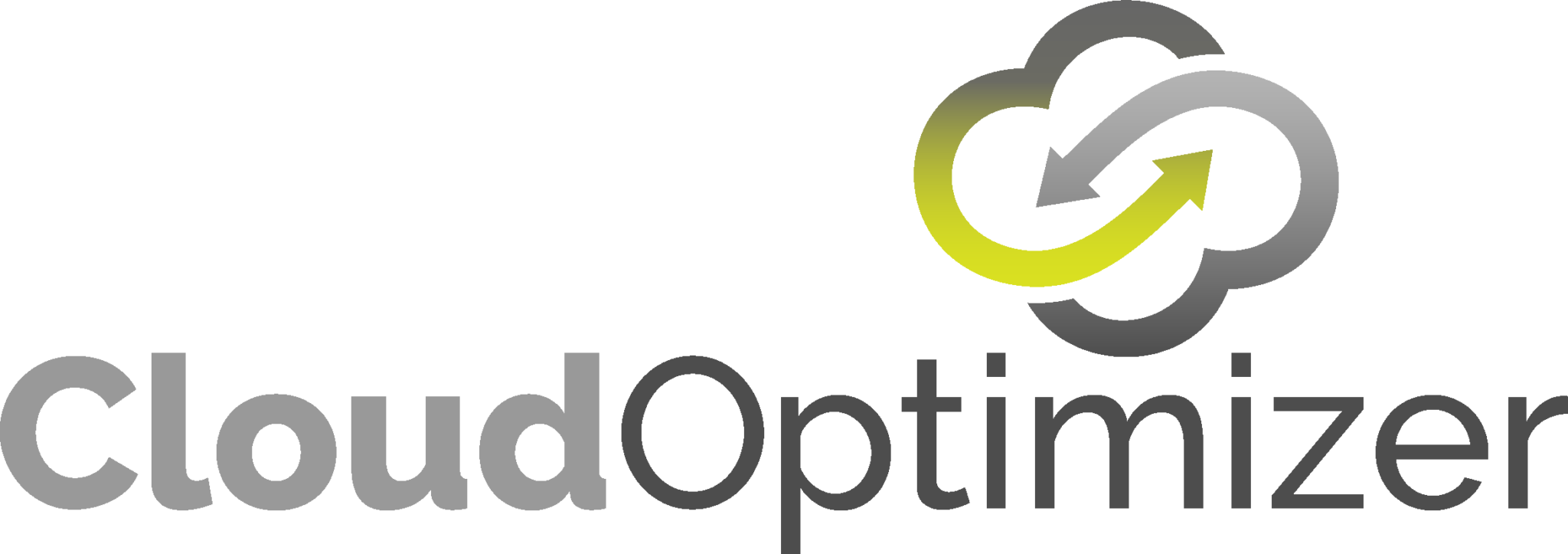Got questions? We've Got Answers.
Learn more about cloud cost optimization and how you can eliminate waste and start saving more today.
Frequently Asked Cloud Optimization Questions:
Learn more about cloud optimization with some of our most commonly asked questions.
Cloud cost optimization minimizes your total cloud expenses by pinpointing mismanaged resources, eliminating waste, and aligning cloud resources to the necessary scale.
The key areas of emphasis include comprehending your cloud invoices, optimizing usage, optimizing rates, and maintaining continuous monitoring and alert systems.
Tagging plays a vital role in cost allocation, optimizing cloud resources, and establishing an efficient cloud cost management strategy. It enables tracking of cloud resources based on various metrics such as ownership, application/service, and criticality, thereby simplifying the process of optimizing cloud costs.
Rightsizing entails adjusting the capacity of your cloud resources to align with the workloads they support. By assessing application performance, you can uncover cost-saving opportunities throughout your cloud infrastructure, allowing you to downsize over-provisioned resources or decommission unused ones. Incorporating rightsizing into your cloud cost optimization strategy is crucial.
Reserved Instances (RIs) and Savings Plans are billing alternatives that provide discounted rates compared to on-demand pricing when you commit to a predefined usage level for a specified duration, typically ranging from 1 to 3 years.
Engineering teams are pivotal in optimizing resource utilization. Through code-level modifications and architectural choices, engineers can pinpoint and execute various optimization strategies to lower costs within your cloud infrastructure, thereby maximizing the business value derived from the cloud.
These are dedicated software solutions crafted to aid in monitoring, overseeing, and minimizing your cloud expenses. They are commonly referred to as cloud cost management tools. These tools facilitate the examination of necessary tags, implementation of cost optimization best practices, and integration of cost data into the engineering workflow.
As you focus on cost optimization, be cautious that cost-saving measures do not result in performance deterioration or reduced availability, which can affect business outcomes. It's crucial to thoroughly test changes across different cloud providers before deploying them in production environments.
Optimizing cloud costs is a continual process. While monthly reviews are typically necessary, establishing real-time alerts and generating daily or weekly reports can swiftly pinpoint any irregularities or cost anomalies in your cloud bill.
Implementing robust monitoring, alerting, and forecasting mechanisms can protect against unforeseen expenses. Set up guardrails to detect anomalies and utilize cloud budget alerts to receive notifications when spending limits are exceeded.
